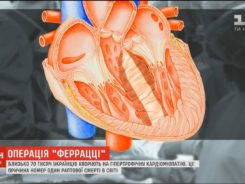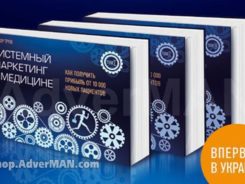Technical translation goes far beyond mere word-for-word conversion. It demands a deep understanding of both language and industry-specific concepts, turning complex jargon into something that not only makes sense in another language but also retains its functional purpose. A single misplaced term could disrupt operations, waste resources, or cause safety hazards. When your document is a technical manual, scientific report, or a safety protocol, there’s no room for error.
Why Technical Translation is Critical
In fields such as engineering, medicine, IT, or manufacturing, technical translations serve a direct and crucial role in the proper execution of tasks. These documents often carry the blueprint for operations, compliance, or safety protocols. Imagine trying to build a piece of machinery with an instruction manual that’s been poorly translated. Misunderstandings about parts, measurements, or assembly steps can lead to mechanical failures, production delays, and potential safety risks. Simply put, poor translations are costly.
Complexity in Every Word
Technical translation is not for the faint of heart. It involves specialized knowledge of both the source and target languages, as well as familiarity with the specific technical field. For example, translating a medical document requires understanding medical terminology, procedures, and international standards. In engineering, it’s about ensuring that the technical specifications, measurements, and processes are correctly understood. In software localization, translators must be familiar with programming terms and UI elements. Without such knowledge, translators could distort meaning or overlook important distinctions, leading to fatal errors.
Fields That Demand High-Quality Technical Translation
- Engineering and Manufacturing: Documents like blueprints, user manuals, and assembly instructions need to be crystal clear. A single ambiguous term can cause significant delays or worse—structural failures.
- Healthcare and Pharmaceuticals: Medical device manuals, clinical studies, and patient instructions need exact language to avoid risks to patient safety or legal liabilities.
- Software and IT: Translating software, especially in complex fields like cybersecurity or cloud services, means ensuring that every piece of code, technical guide, and user interface element is properly localized for different markets.
- Legal and Regulatory: Accurate translation of contracts, patents, and regulatory documents is vital for compliance, avoiding legal disputes, and maintaining operational legitimacy in international markets.
Why Expertise is Non-Negotiable
The best technical translations come from specialists who understand the subject matter. A translator with an engineering background is far better equipped to handle an engineering manual than one with general language skills alone. Without subject matter knowledge, translators can easily misinterpret terms or miss nuances that could lead to disastrous outcomes.
For example, consider translating a manual for a safety-critical machine. The terminology involved, such as the difference between “compressive strength” and “tensile strength,” cannot be assumed to be interchangeable. The former refers to how much force a material can withstand before being compressed, while the latter deals with how much force it can resist before being pulled apart. Translating these incorrectly could lead to the wrong type of material being used, compromising the safety of the entire operation.
The High Cost of Mistakes
Accuracy isn’t just a preference in technical translation—it’s a requirement. Every incorrect translation carries a potential cost, whether in money, time, or human safety. When documents, safety guidelines, or technical specifications are misinterpreted, the consequences can go beyond legal disputes and escalate into operational or safety risks. This could mean failed projects, damaged machinery, or even the loss of life.
For instance, a mistake in a translation for an emergency procedure could be catastrophic if a medical team misinterprets instructions due to poor language translation. In engineering or manufacturing, incorrect specifications can result in faulty products, leading to expensive recalls or lawsuits. Even a small mistake in translating a product manual can cause confusion, resulting in returns, customer dissatisfaction, and a tarnished reputation.
What Makes a Technical Translator Different
- Industry Knowledge: A technical translator must be well-versed in the field they are translating. Whether it’s pharmaceuticals, IT, or engineering, only a professional with deep technical knowledge can properly handle the intricacies of these documents.
- Use of Advanced Tools: Specialized translation tools, including CAT (Computer-Assisted Translation) tools, translation memories, and glossaries, are used to ensure consistency across large technical documents. These tools also speed up the translation process without compromising accuracy.
- Attention to Context: A good technical translator understands the context in which the document will be used. For instance, a software manual for developers may require a different tone and style than one for end users. Similarly, a medical device manual intended for hospital staff must be precise and straightforward.
Conclusion: Technical Translation is an Investment in Precision
The global economy thrives on innovation and cross-border collaboration. Whether you’re a tech startup launching your software in another country, an engineer creating a new product, or a pharmaceutical company releasing a medical device, accurate technical translation is essential. It’s more than just a linguistic service—it’s a safeguard against mistakes, inefficiency, and risk. By entrusting your technical translation to specialists, you’re ensuring that your documents convey the right meaning, in the right context, with the clarity required for success.











































